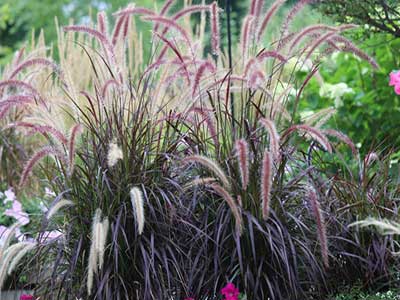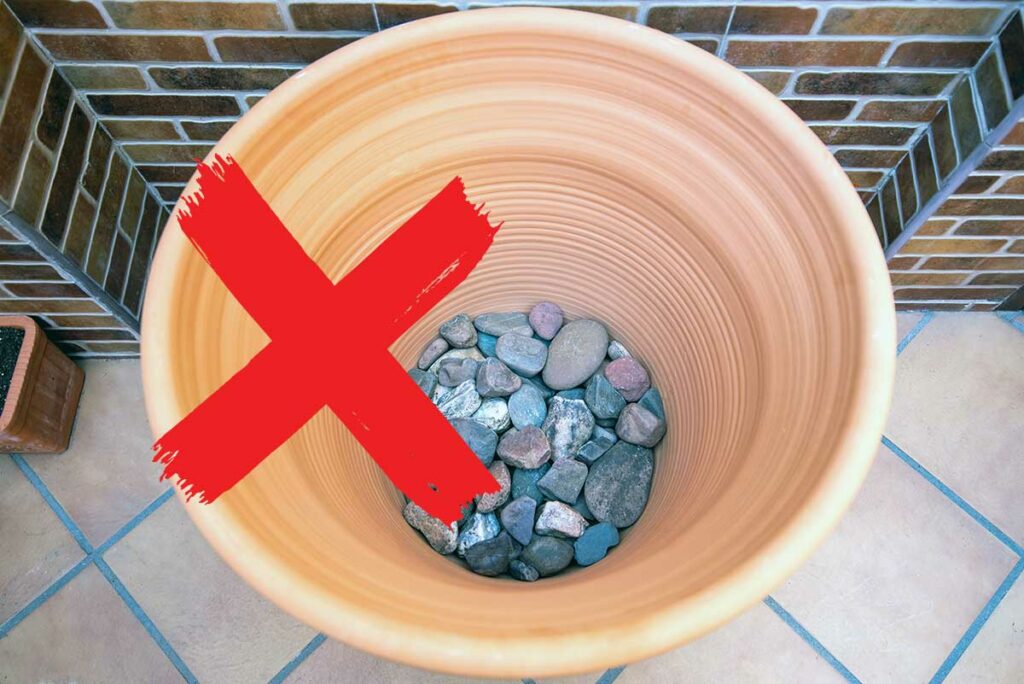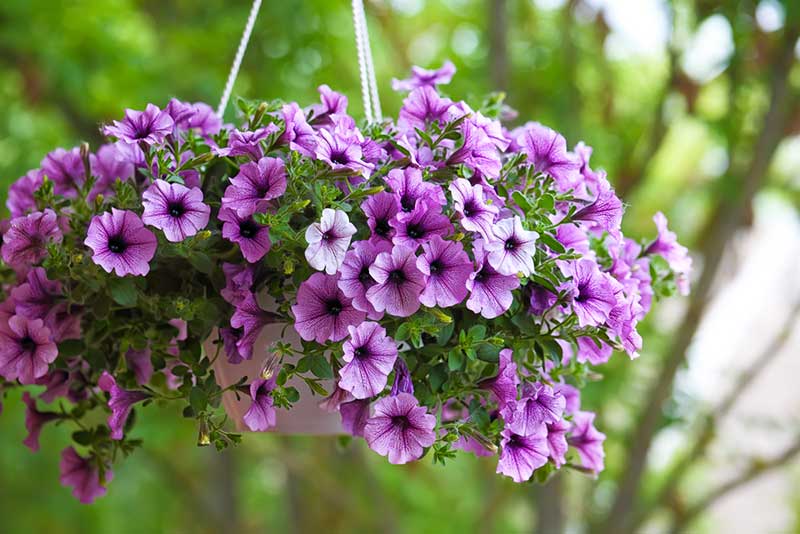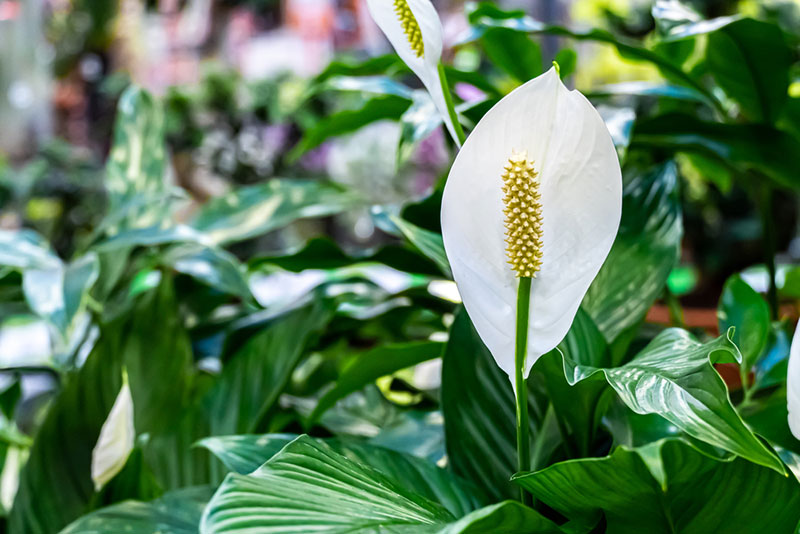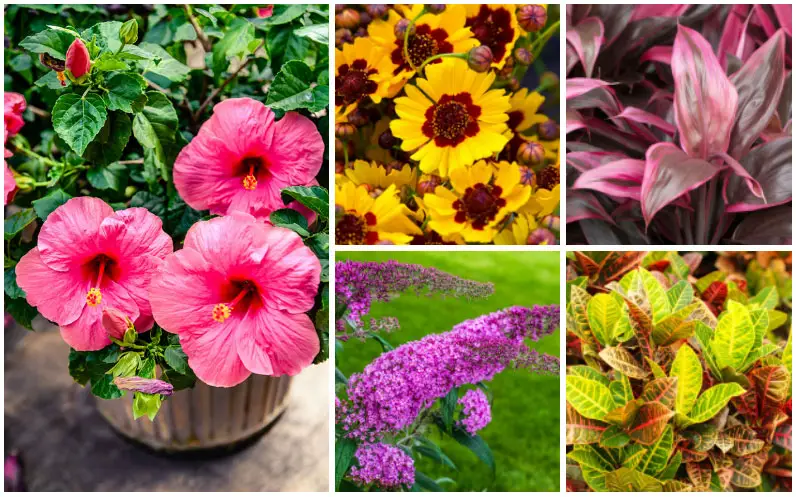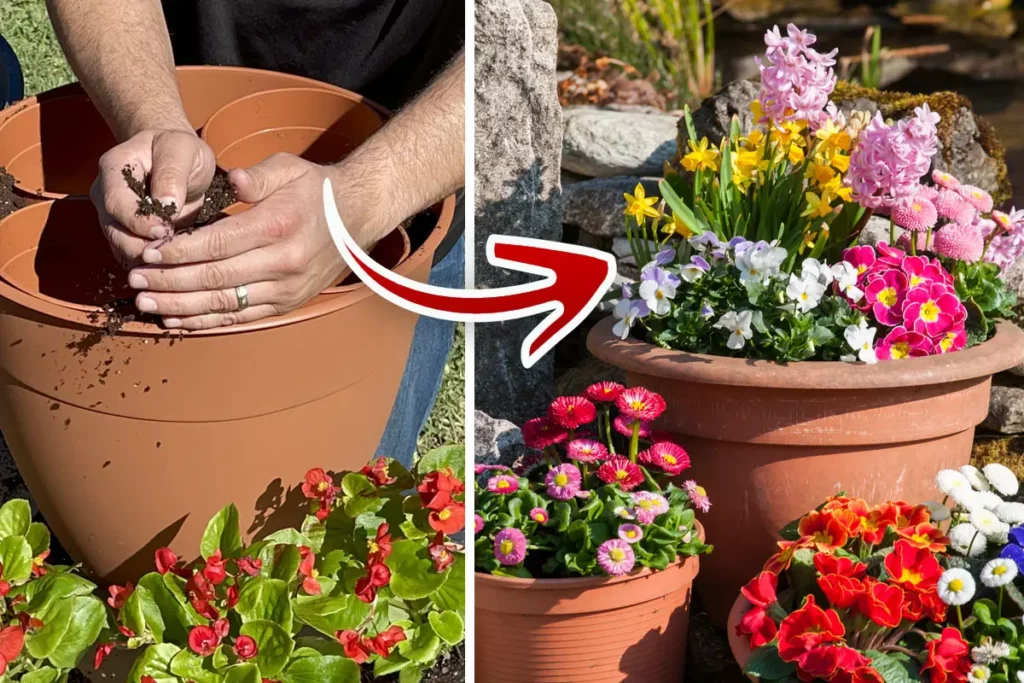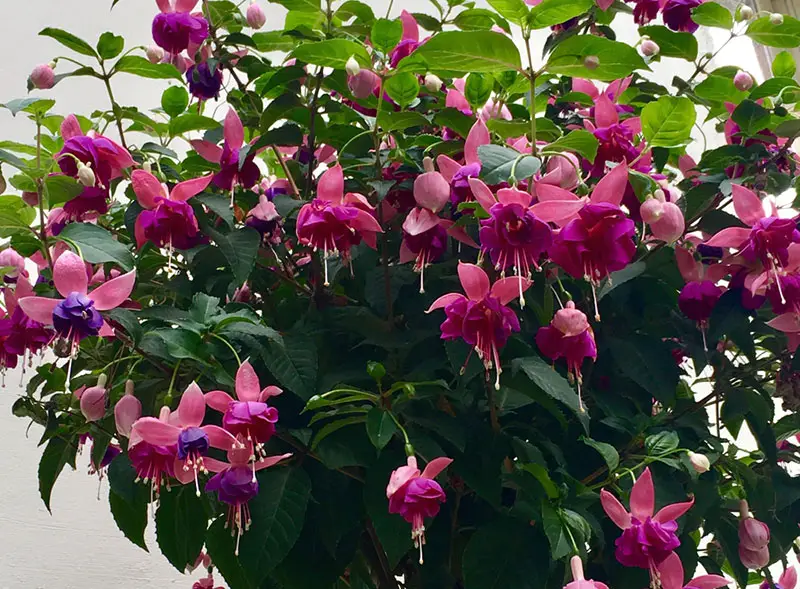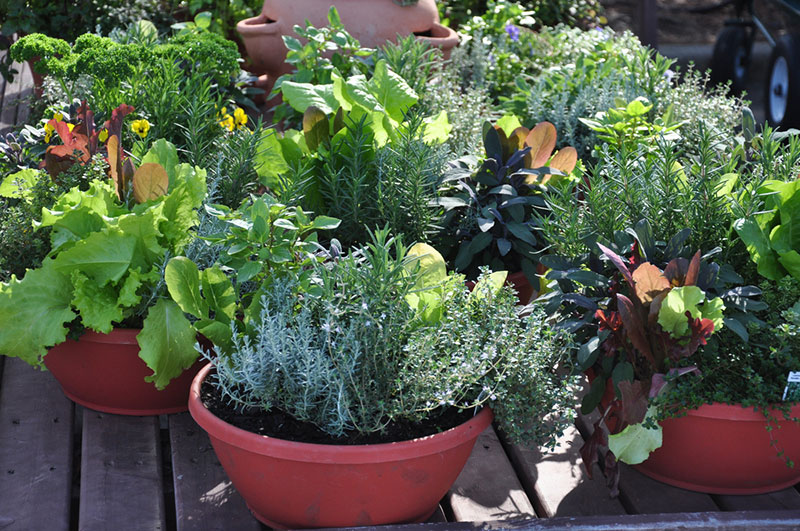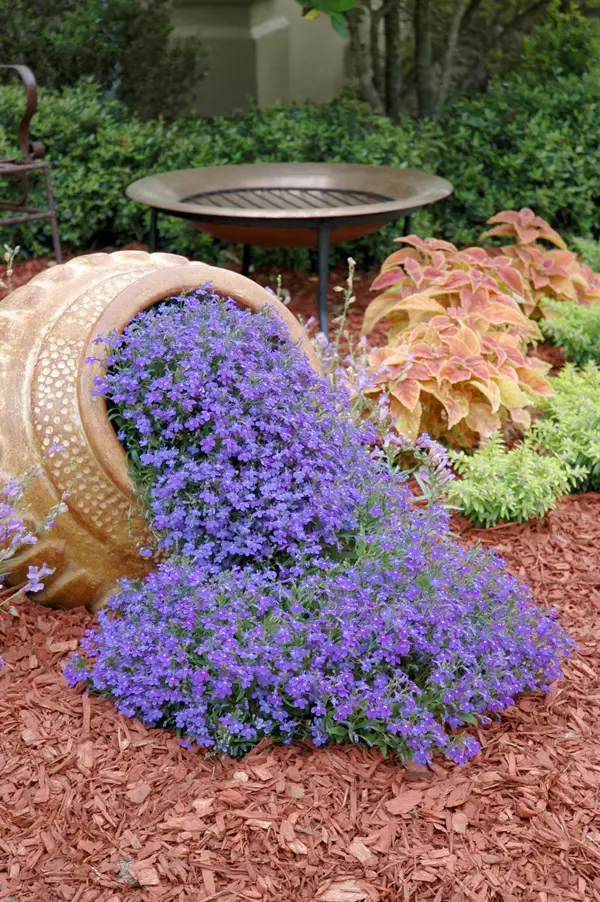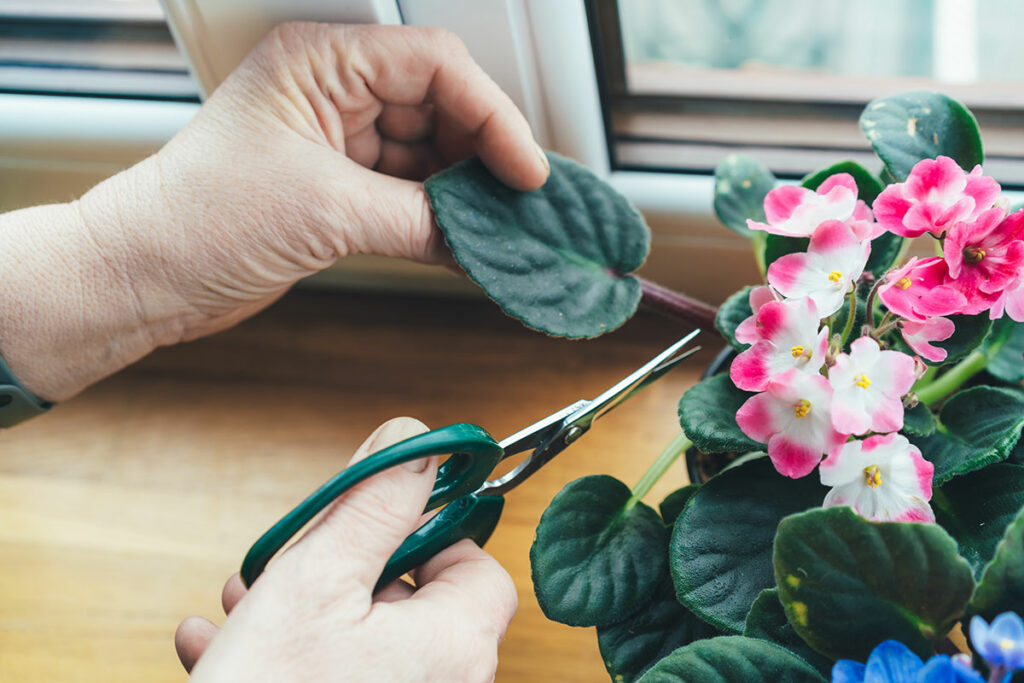
Whether you’re a seasoned home gardener or you’re just discovering the pleasures of house plants, growing plants from cuttings is one of the most exciting and valuable experiences you can have as a plant enthusiast.
Watching a cutting grow roots, develop more leaves, and become its own flourishing plant will give you a unique sense of satisfaction. Plus, home-propagated plants make excellent gifts for any occasion!
Whether you’re trying to fill that newly painted pot or trying to spread the greenery throughout your home, check out these ten plants you can grow from cuttings!
Pothos, Epipremmum aureum
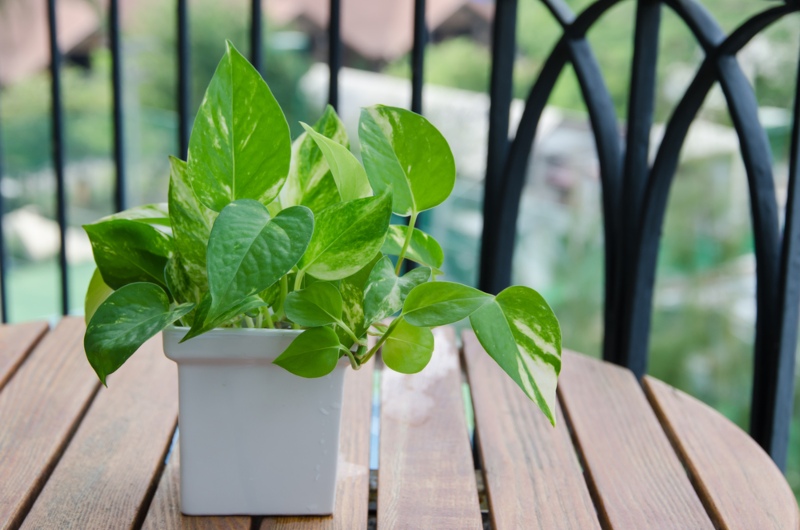
Pothos (Empipremmum aurem) plants are green with occasional white and yellow variegation. They’re perennial (meaning they’re fresh and green all year long!), and their leaves can grow to eight inches and longer. While pothos makes an excellent houseplant in any climate, they’re only hardy outdoors in zones 10-12 (check out this Growing Zone Map if you want to know your growing zone).
Pot your pothos in well-aerated potting soil that drains well. Place them in indirect sunlight (though variegated varieties will require more sunlight) and water them when the soil surface feels dry. Pothos is an easy staple for every houseplant enthusiast!
Learn More: How to Propagate a Pothos in Water (Easy Steps)
Succulents, Sedum clavatum
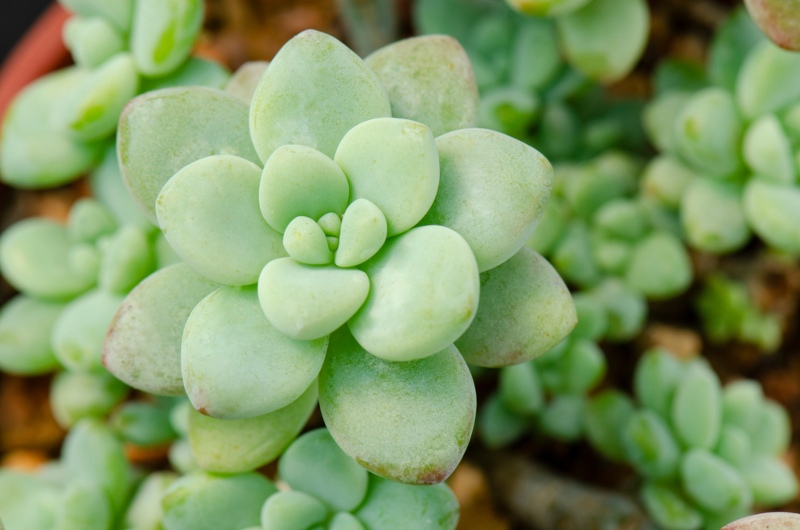
While Sedum clavatum is only one kind of succulent, any succulent in the sedum family can be propagated using a plant’s leaves. Sedum clavatum offers pale, bluish-green leaves, and they can grow up to eight inches tall.
They’re not cold-hardy and go dormant in the summer (be wary of overwatering). Use porous, sandy soil or a succulent potting mix. While they prefer to grow outside in hotter zones, succulents can thrive indoors in any climate. Succulents grow best in a variety of light levels, from full sun to indirect light. Use the soak-and-dry method to water them.
Chinese Money Plant, Pilea peperomioides
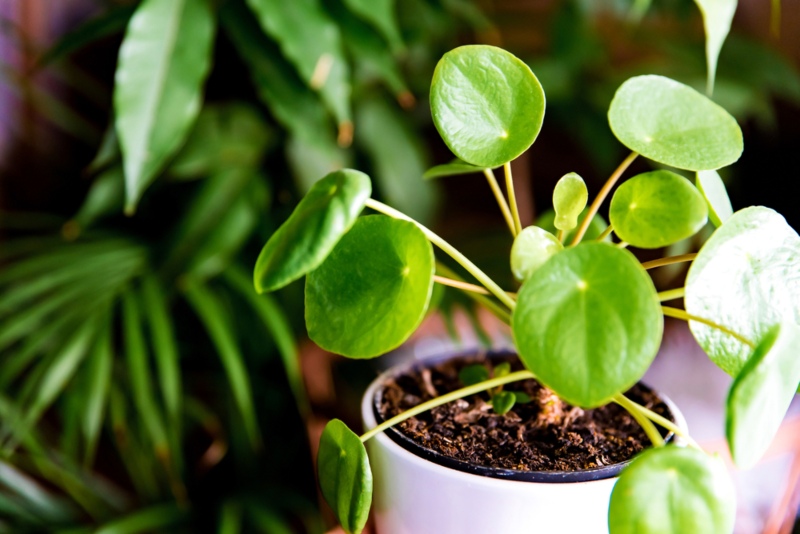
Also called a pancake plant, the Chinese money plant is another staple for houseplant lovers. With its vibrant green leaves that grow up to three inches across, this plant thrives best under normal household climate conditions or in zones ten and up outdoors.
They’re dormant in the winter, so water sparingly during that time. Watering with the soak-and-dry method is best, and misting the plant to increase the humidity in its environment will encourage growth. Plant them in a soil-based potting mix with peat, and place them in bright indirect light for the best results.
Aloe, Aloe vera

A plant you’re probably already familiar with, aloe is a bright green drought-tolerant plant that can be used to soothe burns and wounds. While it’s winter dormant, it will remain tall, colorful, and green all year. Aloe plants can become very tall and wide with the proper care.
While they only grow in arid zones outdoors, they can thrive in average household temperatures. Water with the soak-and-dry method, plant them in sandy soil or a succulent mix, and place them in full sun or bright indirect light. Aloe plants offer eye-catching beauty and pain relief!
Snake Plant, Dracaena trifasciata

Snake plants (Dracaena trifasciata) are typically green with yellow or white variegation, and they can grow up to five feet tall! One of the most versatile indoor and outdoor plants, they thrive best in zones six through ten. They’re very tolerant of low humidity and cool indoor and outdoor temperatures.
Like aloe and succulents, plant them in sandy soil or a succulent potting mix. They prefer bright indirect light but can adapt to low indirect light. The soak-and-dry method is effective for growth, but remember to only water the snake plant every six to eight weeks in the winter, when the plant is dormant.
Learn More: Tips on Propagating a Snake Plant in Water
ZZ Plant, Zamioculcas zamifolia
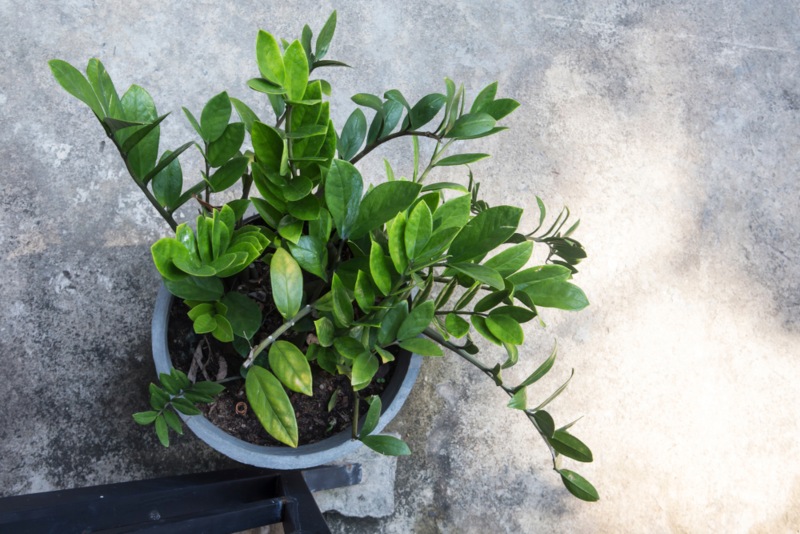
The ZZ plant (Zamioculcas zamifolia) is a vibrant green plant that thrives best in a warm environment, especially if grown outside. If you live in the hardiness zones of six to ten, this plant will love your warm outdoor weather!
It will stay green all year long and will reach a moderate size. Water your ZZ plant sparingly, and stick to the dry side if you’re unsure whether or not to water. Plant it in a well-draining potting mix and place it in indirect to low light to watch it thrive!
Tuberous Begonias, Begonia x tuberhybrida
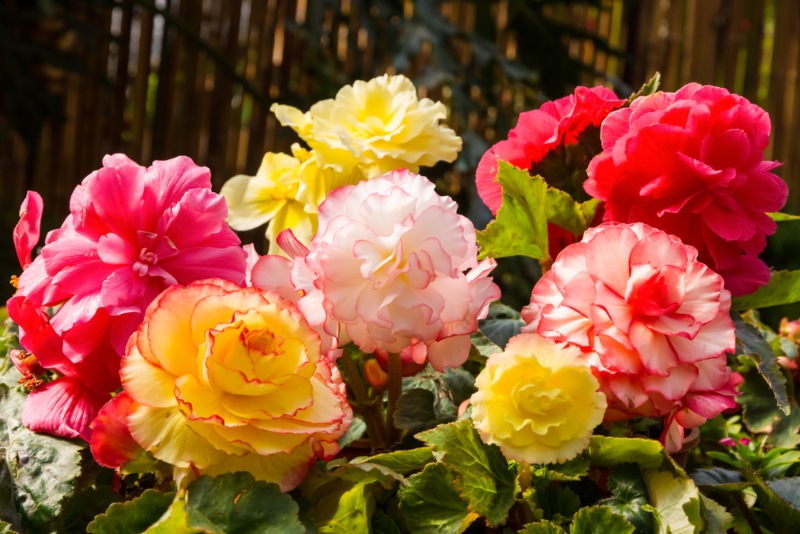
With their bright blooms that come in various colors, Tuberous Begonias (Begonia x tuberhybrida) are a summer-blooming annual that thrives best in warm climates (zones ten and up if you plan to grow them outside). They can reach two feet in height.
Begonias can be challenging to grow, but the beautiful blooms make them worth the hassle. You must bring them inside during the winter months, and they’re not drought tolerant, so be sure to keep the soil moist. They grow best in the shade and indirect light in well-drained soil and peat moss.
Cutleaf Philodendron, Monstera deliciosa
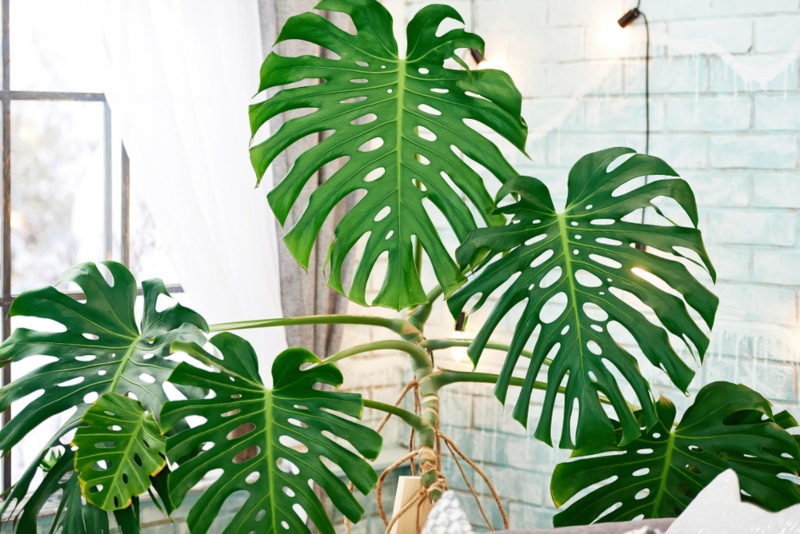
The crown jewel of any houseplant collection, cutleaf philodendron (Monstera deliciosa), is a bright green annual that can grow up to eight feet tall. They need a warm, humid environment, so it’s best to grow these in zones ten and up.
They need to be planted in soil that drains well, and they require misting if you plan to raise one in a dry environment. To water, soak the soil and let the top one-third or one-quarter of the soil dry completely before watering again. They enjoy moderate indirect light.
Learn More: How to Propagate Philodendron In Water
Gloxinia, Sinningia speciosa

A relative of the African violet, Gloxinia (Sinningia speciosa), is an annual that blooms in the late winter or early spring. They produce blooms in various colors, and they can reach a maximum height of six inches. Though they’re most commonly grown inside, they can grow outdoors in zones six through eight.
Plant your gloxinia cuttings in potting soil, and place them in bright indirect light for the best likelihood of blooms. Keep the water evenly moist, and check the soil at least once per day.
Spider Plant, Chlorophytum comosum

A zany addition to your indoor or outdoor plant collection, the spider plant (Chlorophytum comosum) is a light green plant with white or yellow variegation. They’re perennial and are best grown in hanging baskets, with leaves reaching two to three feet in length.
Perfect for growing in zones five through ten, spider plants crave a warm day with cooler temperatures at night. It’s best to water them daily, but let the soil dry between waterings. A quickly draining potting mix and bright indirect light make the perfect recipe for this easy and versatile plant!
Learn More: 3 Easy Ways to Propagate Spiderettes
Water Propagation
Here are some interesting articles on propagating cuttings in water:
- How to Propagate a Pothos in Water (Easy Steps)
- How to Propagate Philodendron In Water
- How to Propagate Monstera in Water (Easy Method)
- Tips on Propagating a Snake Plant in Water
- 3 Easy Ways to Propagate Spiderettes
- How to Propagate Persian Shield
Let’s Get Growing!
Now that you’ve got some ideas for plants to propagate, start reaching out to your gardening and houseplant communities!
People are usually more than willing to provide cuttings if you ask nicely, and you can even send some cuttings in the mail. Grab a cutting, plant it correctly, and watch it grow!





